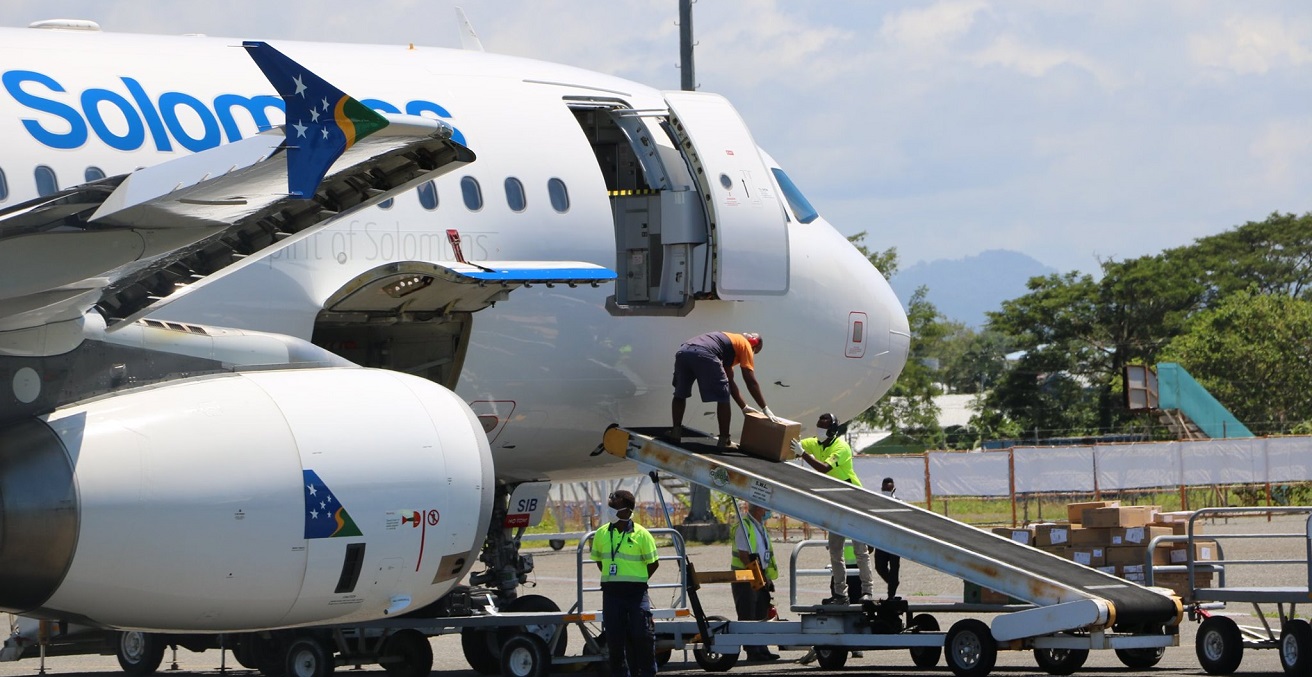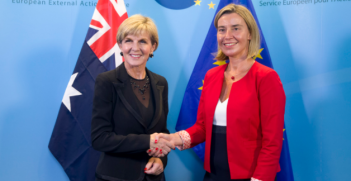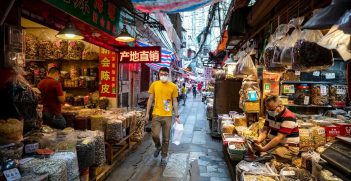Good Neighbours? Supporting Countries of the Pacific in Meeting COVID-19 Challenges

COVID-19 and its attendant health and economic impacts have left no part of the world untouched. As the year has progressed, bilateral and multilateral relationships, especially with Australia, have played a very significant part in how Pacific island countries have prepared for and responded to the crisis.
This is an article published earlier this year and selected by our committee of commissioning editors as one of the best of 2020.
Australia has, unsurprisingly, played a significant role in addressing the pandemic and will no doubt continue to do so. However, some key opportunities have been missed to demonstrate that addressing this crisis is a shared challenge and provides an opportunity to take relationships to a new, better level.
Here, I will look at three things: what Australia has provided to Pacific island countries to assist them in responding to COVID-19, the modalities that Australia has used, and where Australia could do better in its relationships with Pacific island countries in this particular context.
It is important to locate the more tangible aspects of what Australia has provided within the wider context of how ongoing relationships and arrangements have been maintained since the pandemic materialised. While many Australian advisers and volunteers were repatriated at the beginning of the crisis, some have been able to continue to support their Pacific colleagues by working remotely and making use of technological solutions to keep relationships going. All of Australia’s diplomatic missions have remained open, and a new one has been opened in Niue. While ministers and prime ministers have been unable to meet in person, there have been numerous virtual gatherings in which Australian officials and political leaders have participated. All of these activities contribute to reinforcing a message that Australia is not a fair-weather friend, but one that sticks around even if things are going badly.
In terms of more tangible contributions, the data that we collect via the Griffith Asia Institute’s COVID-19 Pacific Aid tracker, is illustrative of both how much aid and assistance has been provided and the modalities that have been used. The aid tracker monitors grant assistance, concessional lending, donations in kind, and debt forgiveness.
The last of these does not apply in the case of Australia. While last repayments of last year’s loan of US$300 million to Papua New Guinea have been suspended until 2021, there have been no announcements of debt forgiveness to date. Australia has raised the need for debt forgiveness within the context of G20 discussions. It has also been raised as an issue for attention by the finance and economic ministers of the Pacific Islands Forum in their recent online meeting. But the reality is that Australia does not use debt as a primary means of providing development assistance in the Pacific islands region.
In terms of grant assistance, we have tracked a total of $89,681,140 donated by Australia to Pacific island governments and to regional mechanisms such as the Pacific Air Service, which supports the Pacific Humanitarian Pathway on COVID-19. In addition, we note that there is a further $8,031,904 of grant assistance which includes contributions from Australia in conjunction with another donor or group of donors. This represents 16 percent of the total amount that has been provided to countries and regional mechanisms using this modality. Perhaps more significant is the fact that this support is largely provided by means of budget support or direct finance to civil society organisations rather than by way of technical assistance, including volunteers, that is usually a large part of Australian aid in the region.
Concessional finance from Australia has been very limited. The only contribution of this type to date is the recently announced loan of $100,000,000 to Papua New Guinea. This represents eight percent of the total amount of concessional finance we have recorded to date.
Australia has also provided significant amounts of donations in kind to Pacific island countries. As with other donor partners, this largely takes the form of items that have assisted with preparedness activities. These include provision of personal protective equipment, ensuring that countries can do their own testing, and assistance with setting up quarantine facilities. It is not always possible to determine the monetary value of donations in kind, and so the total that we have calculated – $10,845,168 – is an underestimate across the board. Of this, we have calculated that $256,321 has been provided by Australia. However, of the 27 records of donations of this type that we have logged, we have only been able to estimate an equivalent dollar value for six of them.
There is no doubt that when it comes to tangible expressions of assistance that Australia has made its presence felt in the Pacific islands region both in terms of addressing the potential health impacts and supporting governments’ responses to economic fallout. This can be expected to continue, as envisaged by the “Partnerships for Recovery” document published by Department of Foreign Affairs and Trade, which sets out the blueprint for how Australia will contribute to “building back better” in the region. However, the impacts of COVID-19 will be felt for a long time in the Pacific, and providing long-term support will be costly. The aid budget has been under strain for many years. It is hard to see that Australia will be able to deliver on its hope of being “partner of choice” unless additional resources are applied.
Most of all, the response to the pandemic provides an important opportunity for Australia to improve the overall tone and colour of its Pacific Step-Up. For too long, this policy has been couched in terms of something that Australia does “to” or “for” the Pacific rather than “with” the people who live there.
There have already been some missteps in this regard. When the concept of a “Pacific bubble” was first mooted, Dame Meg Taylor, the secretary general of the Pacific Islands Forum, indicated clearly that she would welcome being included in relevant conversations in order to bring the views and needs of Pacific islands countries to the table. No invitation was proffered.
Despite the fact that it was evident at an early stage that any discussions about travel between the Pacific and Australia would start with labour mobility rather than tourism, the necessary conversations were far too slow to commence and do not appear to have progressed in a particularly strategic manner.
There will be other opportunities for Australia to work with Pacific partners as this situation progresses. There are important lessons for those who develop and deliver Australian policy to learn from what has and has not happened this year. We can hope that as things proceed, we will see that they have indeed been learned and that these important relationships will be improved for the mutual benefit of all.
Dr Tess Newton Cain is an adjunct Associate Professor at the Griffith Asia Institute. She is the Project Lead for the Institute’s Pacific Hub.
This article is published under a Creative Commons License and can be republished with attribution.




